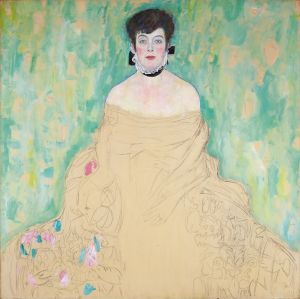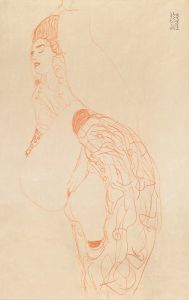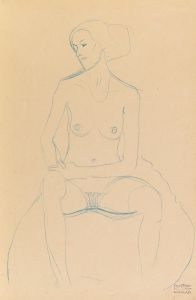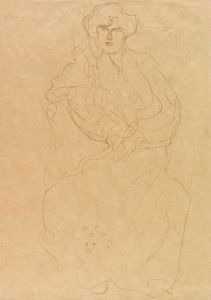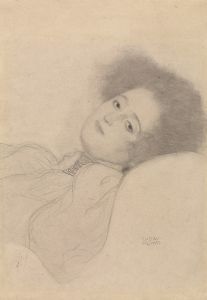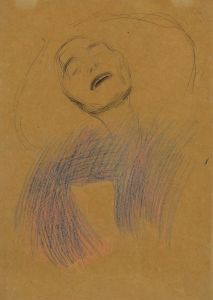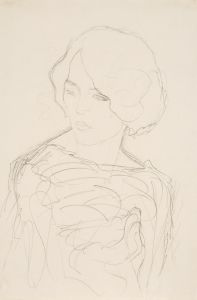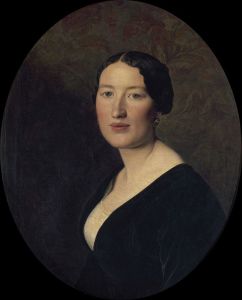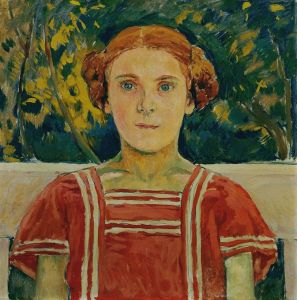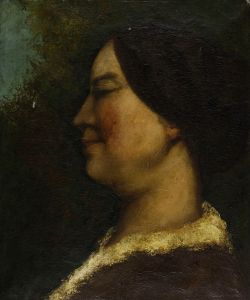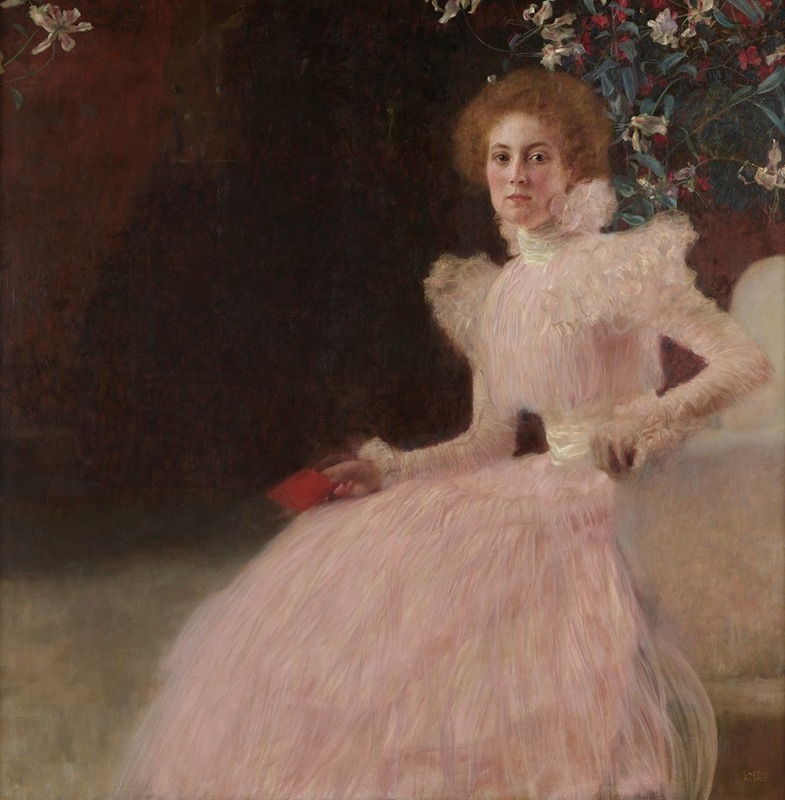
Sonja Knips
A hand-painted replica of Gustav Klimt’s masterpiece Sonja Knips, meticulously crafted by professional artists to capture the true essence of the original. Each piece is created with museum-quality canvas and rare mineral pigments, carefully painted by experienced artists with delicate brushstrokes and rich, layered colors to perfectly recreate the texture of the original artwork. Unlike machine-printed reproductions, this hand-painted version brings the painting to life, infused with the artist’s emotions and skill in every stroke. Whether for personal collection or home decoration, it instantly elevates the artistic atmosphere of any space.
"Portrait of Sonja Knips" is an oil on canvas painting created by the Austrian symbolist painter Gustav Klimt in 1898. This artwork is considered one of Klimt's early masterpieces and marks a significant point in his career as a portrait artist. The painting is housed in the Belvedere Museum in Vienna, Austria, which holds a substantial collection of Klimt's works.
Gustav Klimt, born in 1862, was a prominent figure in the Vienna Secession movement, which sought to break away from traditional academic art and embrace a more modern and innovative approach. Klimt's work is characterized by its symbolic content, use of gold leaf, and intricate patterns, although "Portrait of Sonja Knips" predates his more famous "Golden Phase."
The subject of the painting, Sonja Knips, was a member of the Viennese upper class and a patron of the arts. Born as Sophie Knips, she was married to Anton Knips, a wealthy industrialist. The Knips family was well-connected in Viennese society, and Sonja herself was known for her beauty and intelligence. Her portrait by Klimt reflects the artist's ability to capture the essence of his subjects with both realism and psychological depth.
In "Portrait of Sonja Knips," Klimt presents the sitter in a seated position, turned slightly to her left. She is dressed in an elegant, pale pink gown with a high collar and delicate lace detailing. The softness of the fabric is rendered with meticulous attention to detail, showcasing Klimt's skill in depicting textures. The background is a muted, abstract space that does not distract from the figure, allowing the viewer to focus entirely on Sonja Knips herself.
Klimt's portrayal of Sonja Knips is notable for its subtle use of color and light. The artist employs a restrained palette, with soft pinks, whites, and grays dominating the composition. This choice of colors enhances the ethereal quality of the painting and highlights the sitter's delicate features. The light falls gently on her face, creating a serene and contemplative expression.
The painting is also significant for its composition and the way Klimt positions the figure within the frame. Sonja Knips is placed slightly off-center, which adds a dynamic quality to the portrait. Her gaze is directed away from the viewer, suggesting introspection and a sense of inner life. This approach to portraiture was innovative at the time and demonstrated Klimt's departure from conventional portrait techniques.
"Portrait of Sonja Knips" is an important work in Klimt's oeuvre as it exemplifies his transition from historical and allegorical themes to more personal and intimate subjects. It also foreshadows the stylistic developments that would later define his career, including his exploration of the female form and his interest in capturing the psychological complexity of his subjects.
Overall, "Portrait of Sonja Knips" is a testament to Gustav Klimt's mastery as a portrait artist and his ability to convey the personality and presence of his sitters. The painting remains a celebrated example of Klimt's early work and continues to be admired for its beauty and artistic innovation.






